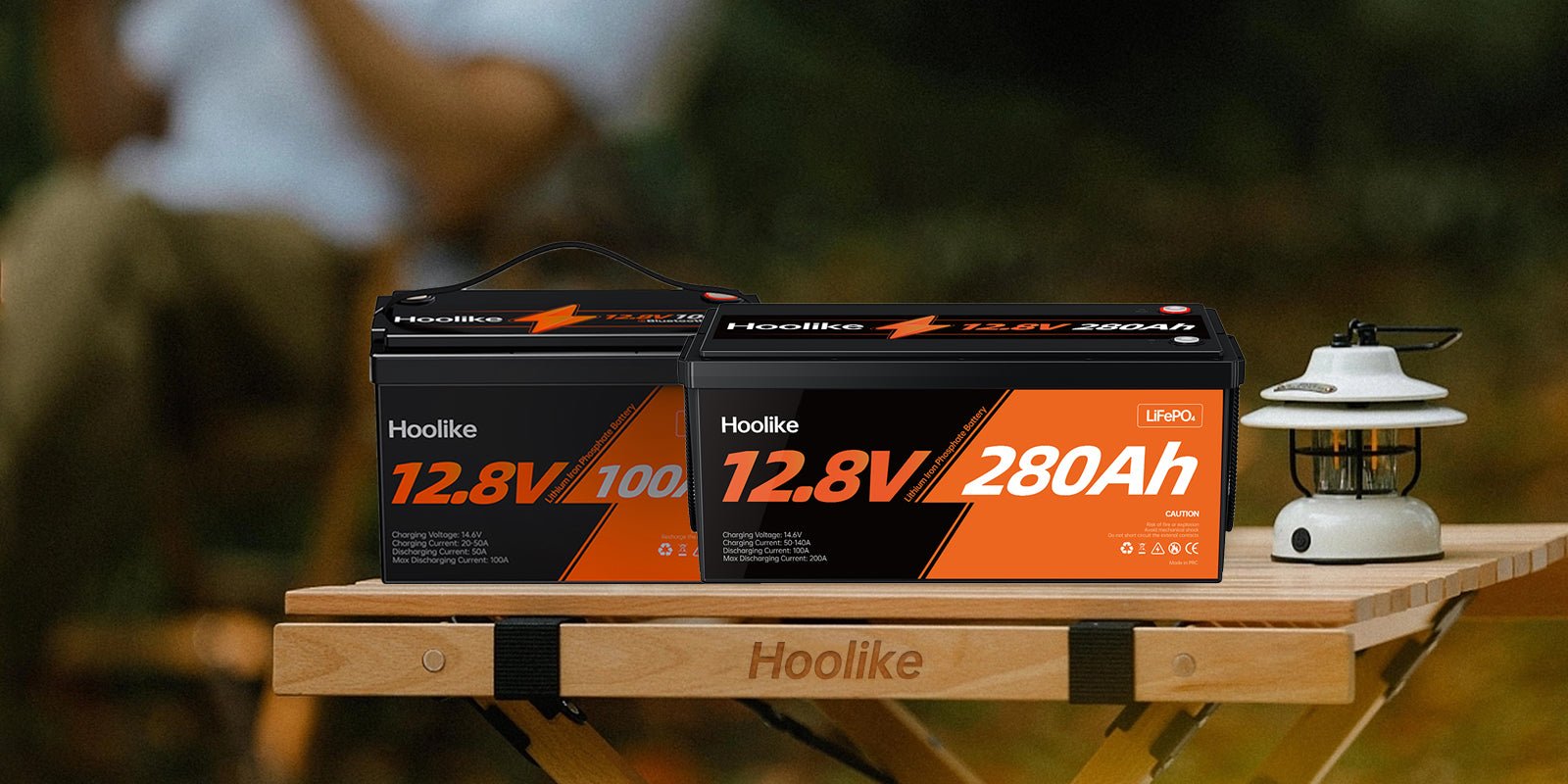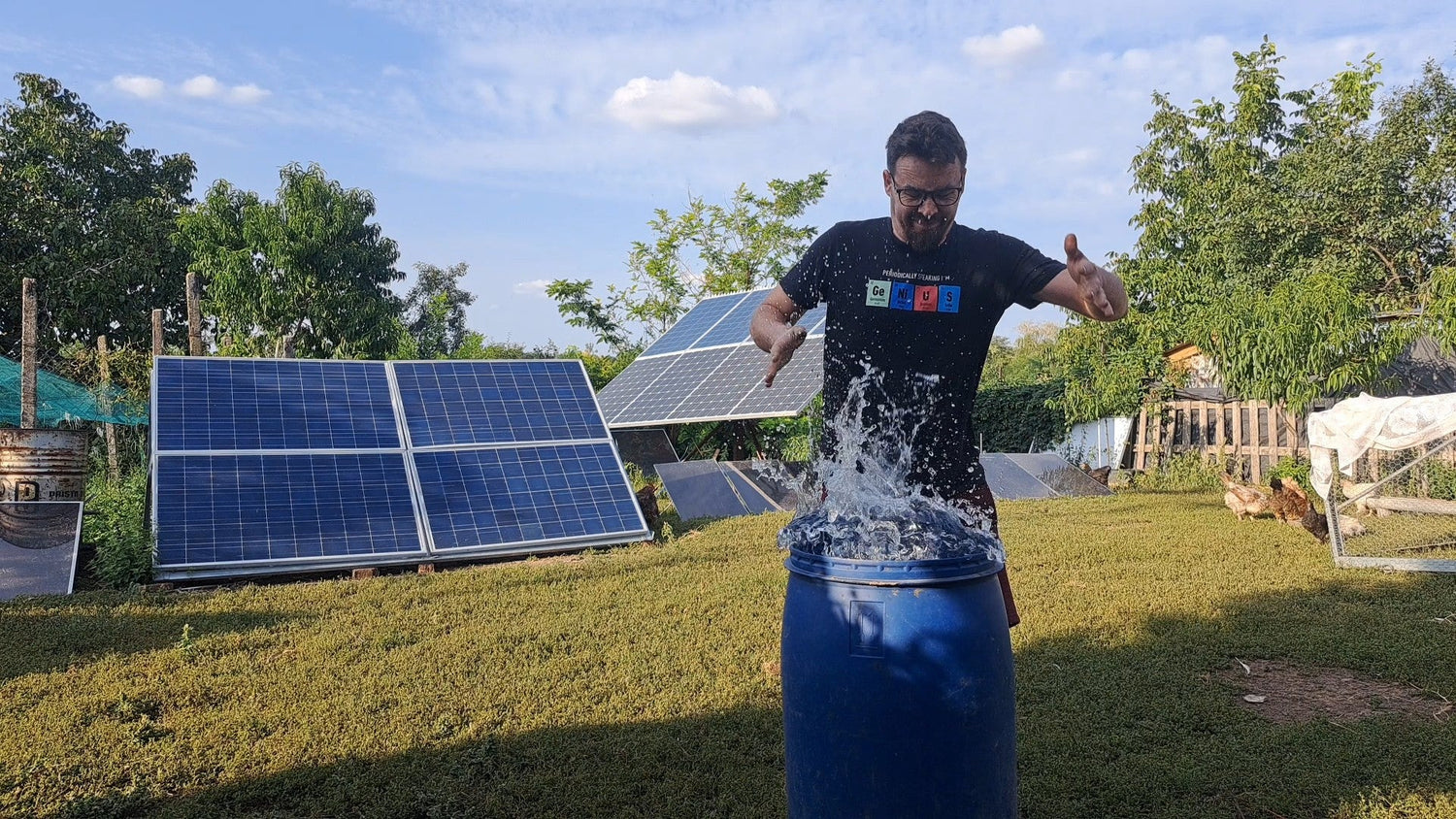When it comes to choosing a battery for residential solar systems, one of the most important decisions homeowners must make is whether to go for LiFePO4 (Lithium Iron Phosphate) batteries or traditional lead-acid batteries. Both types of batteries have their advantages and disadvantages, but the decision ultimately comes down to cost, performance, and lifespan. In this blog, we’ll explore a comprehensive comparison between these two types of batteries to help you make an informed decision for your home energy storage system.
1. Cost Comparison: Initial Investment
LiFePO4 Batteries: Higher Upfront Cost, Long-Term Savings
LiFePO4 batteries are known for their high initial cost. On average, they can cost anywhere from 2 to 3 times more than traditional lead-acid batteries for the same energy storage capacity. However, this higher upfront cost is offset by the significant long-term savings they offer. Because LiFePO4 batteries have a longer lifespan, you won’t need to replace them as frequently as you would lead-acid batteries. In the long run, this can lead to substantial savings on replacements and maintenance.
Lead-Acid Batteries: Lower Initial Cost but Frequent Replacements
On the other hand, lead-acid batteries are more affordable upfront, making them a popular choice for homeowners who are working with a tight budget. These batteries are cheaper to purchase and install, but the savings are short-lived. Lead-acid batteries typically need to be replaced every 3 to 5 years, which means you’ll be spending more money over time on replacements. Additionally, these batteries are less energy-efficient, which can result in higher electricity costs due to more energy loss during charge and discharge cycles.
2. Performance: Efficiency and Reliability
LiFePO4 Batteries: High Efficiency and Superior Performance
When it comes to performance, LiFePO4 batteries outshine lead-acid batteries in almost every aspect. LiFePO4 batteries have a higher energy density, meaning they can store more energy in a smaller, lighter package. They also have better charge-discharge efficiency, which means they lose less energy during the process of storing and releasing power. This efficiency translates into better overall performance, especially in solar-powered homes where energy optimization is key to maximizing savings.
Furthermore, LiFePO4 batteries can be deeply discharged without causing significant damage to the battery, offering up to 90% of usable capacity. In contrast, lead-acid batteries should not be discharged beyond 50% of their capacity, limiting their efficiency and performance over time.
Lead-Acid Batteries: Lower Efficiency and Frequent Maintenance
Lead-acid batteries are less efficient than LiFePO4 batteries in several ways. First, they have a lower energy density, meaning they take up more space to store the same amount of energy as LiFePO4 batteries. Second, lead-acid batteries have lower charge-discharge efficiency, with about 20-30% of energy loss during cycles. This results in more frequent charging and higher electricity bills, especially in solar-powered homes that rely on maximizing stored energy for use during peak hours.
Moreover, lead-acid batteries also require regular maintenance, such as checking electrolyte levels, cleaning terminals, and monitoring battery health. This adds to the ongoing cost and hassle of using these batteries in the long run.
3. Lifespan and Durability: Long-Term Investment
LiFePO4 Batteries: Durability for Years to Come
One of the standout features of LiFePO4 batteries is their long lifespan. Typically, these batteries last anywhere from 10 to 15 years with proper care. This long lifespan is due to their stable chemistry, which prevents issues such as sulfation (common in lead-acid batteries), ensuring the battery maintains its performance throughout its life. Furthermore, LiFePO4 batteries can handle 3000-5000 charge cycles, offering a significant return on investment over time.
Their durability and extended lifespan also mean LiFePO4 batteries require less maintenance compared to lead-acid batteries, reducing ongoing costs and effort for homeowners.
Lead-Acid Batteries: Shorter Lifespan and Frequent Replacements
In contrast, lead-acid batteries have a shorter lifespan, typically lasting between 3 to 5 years. This means they need to be replaced more frequently, increasing the overall lifetime cost of the system. Frequent replacements also create more environmental waste and add to the logistical challenges of managing an off-grid or solar-powered home. Lead-acid batteries are less durable and can degrade over time, especially if they are subjected to deep discharges, which they are not designed to handle as well as LiFePO4 batteries.
4. Environmental Impact: Sustainability and Recycling
LiFePO4 Batteries: Eco-Friendly and Sustainable
Another significant advantage of LiFePO4 batteries is their environmental impact. These batteries are non-toxic, non-flammable, and free from harmful materials like lead, cadmium, or cobalt, which are commonly found in other battery types. They also have a lower carbon footprint, both in terms of manufacturing and disposal. In addition, LiFePO4 batteries are fully recyclable, making them a more sustainable option for those looking to minimize their environmental footprint.
Lead-Acid Batteries: Environmental Concerns
On the other hand, lead-acid batteries are known for their negative environmental impact due to the use of lead and sulfuric acid. Improper disposal of lead-acid batteries can lead to environmental contamination, particularly in landfills. While lead-acid batteries can also be recycled, the process is more complicated and less efficient compared to the recycling of LiFePO4 batteries. As the demand for greener solutions grows, LiFePO4 batteries offer a more eco-friendly alternative.

Wrap-up: Choosing the Right Battery for Your Home Solar System
When it comes to choosing the right battery for your residential solar system, LiFePO4 batteries offer superior performance, efficiency, safety, and longevity compared to traditional lead-acid batteries. Although they come with a higher initial cost, the long-term savings and fewer replacements make them a more cost-effective option for homeowners over time. Additionally, LiFePO4 batteries are more environmentally friendly, making them the preferred choice for those committed to sustainability.
Ultimately, the choice between LiFePO4 batteries and lead-acid batteries depends on your budget, energy needs, and long-term goals. If you’re looking for a more efficient, reliable, and sustainable energy storage solution, LiFePO4 batteries are an excellent choice that will serve you well for years to come.

For more information on home energy storage systems and solar power solutions, check out the following resources:
-
Hoolike Energy Solutions for the best LiFePO4 batteries in the market.
-
Bangbet Sports News for the latest news and developments in green technologies.
-
Hoolike's Battery Guide for detailed information on battery performance and maintenance tips.





